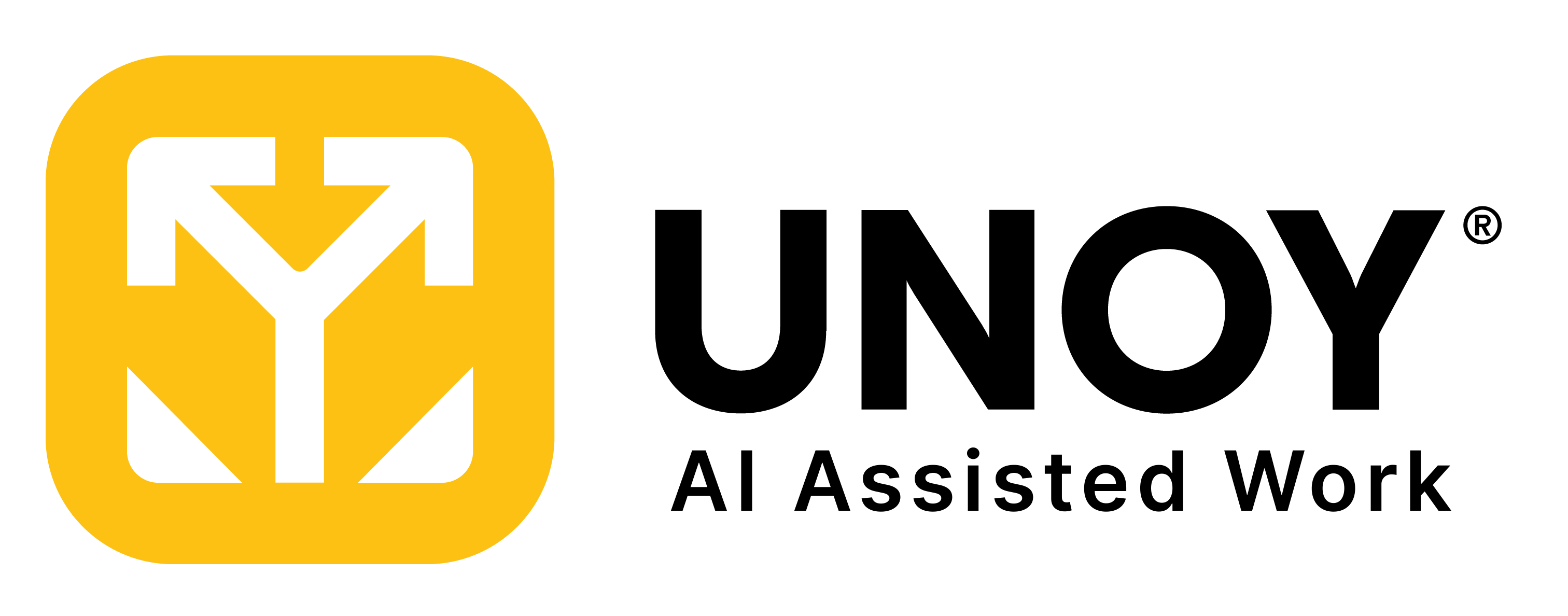The Application of No-Code Solutions in the Future
No-code solutions are transforming the way businesses and individuals approach application development. By removing the barriers of traditional programming, these platforms empower anyone, regardless of technical expertise, to create robust applications. As we look to the future, no-code technology promises to further revolutionize industries, enhance productivity, and democratize innovation. This article explores the potential of no-code solutions in the coming years and why they are a game-changer for businesses and developers alike.
What Are No-Code Solutions?
No-code platforms enable users to build applications using visual interfaces and pre-built modules instead of writing code. These platforms are designed to be intuitive, allowing users to drag and drop components to create applications. Whether for website development, process automation, or mobile app creation, no-code tools are versatile and accessible.
Popular no-code platforms include Airtable, Bubble, and OutSystems. These tools empower small businesses, entrepreneurs, and even large enterprises to prototype, test, and deploy solutions rapidly, fostering innovation without significant overhead costs.
The Rise of No-Code Solutions
The adoption of no-code solutions is accelerating due to several factors:
- Developer Shortages: The global shortage of skilled developers has created a need for tools that bridge the gap between demand and supply.
- Cost Efficiency: No-code platforms reduce development costs by eliminating the need for extensive coding expertise.
- Rapid Prototyping: Businesses can quickly develop and iterate on ideas, shortening the time-to-market for new products and services.
For instance, startups use no-code tools to create MVPs (Minimum Viable Products), while large enterprises integrate no-code solutions for workflow automation. These platforms are not just alternatives—they are essential enablers of digital transformation.
No-Code in Businesses
No-code solutions are becoming a critical asset for businesses of all sizes. They offer several advantages:
1. Enhancing Operational Efficiency
No-code platforms streamline workflows by automating repetitive tasks. For example, a company might use a tool like Zapier to automate data entry across multiple systems, saving time and reducing errors. Similarly, Unoy.io provides no-code solutions tailored for automating business processes efficiently.
2. Empowering Non-Technical Teams
With no-code tools, non-technical employees can take charge of projects that traditionally required developer input. For instance, marketing teams can build landing pages or automate email campaigns without waiting on IT support. This autonomy fosters innovation and reduces bottlenecks.
3. Facilitating Scalability
No-code platforms are designed to grow with your business. As your operations expand, you can customize and scale your applications without the need for extensive redevelopment. Tools like Microsoft Power Platform offer scalable no-code solutions for enterprises.

Future of No-Code: Predictions and Trends
The future of no-code is bright, with advancements promising even greater possibilities. Here are some trends to watch:
1. AI-Driven Development
AI will play a significant role in enhancing no-code platforms. By integrating AI, platforms can offer predictive analytics, automate complex processes, and provide intelligent recommendations, making application development even more intuitive.
2. Wider Industry Adoption
Industries like healthcare, finance, and education are beginning to embrace no-code solutions. For example, hospitals could use no-code tools to manage patient data more efficiently, while educational institutions could create custom learning platforms tailored to student needs.
3. Advanced Customization
Future no-code platforms will provide more advanced customization options, enabling users to tackle even more complex projects. This will blur the line between no-code and traditional development, giving businesses greater flexibility.
Challenges and Limitations
While no-code platforms offer significant advantages, they are not without challenges:
- Security Risks: No-code applications may introduce vulnerabilities if not properly managed.
- Customization Limits: Some complex functionalities may still require traditional coding.
- Vendor Lock-In: Businesses may become reliant on specific platforms, making transitions challenging.
To mitigate these issues, it’s essential to choose platforms that prioritize security, provide transparent data policies, and offer integration flexibility.
The Role of No-Code in Driving Innovation
No-code solutions are not just tools—they are catalysts for innovation. By lowering the barriers to entry for application development, these platforms empower more people to bring their ideas to life. This democratization of technology will lead to a surge in creativity and problem-solving, as businesses and individuals harness no-code to address challenges and seize opportunities.
Conclusion: The Future Is No-Code
As no-code technology continues to evolve, it will redefine how we approach application development. Businesses that adopt no-code platforms stand to gain a competitive edge, improving agility, efficiency, and innovation. Whether you’re a small business owner, a non-technical professional, or a seasoned developer, embracing no-code is essential to staying ahead in the digital era.
Learn more about how no-code solutions can transform your business on Unoy.io and explore the latest advancements in no-code technology.







